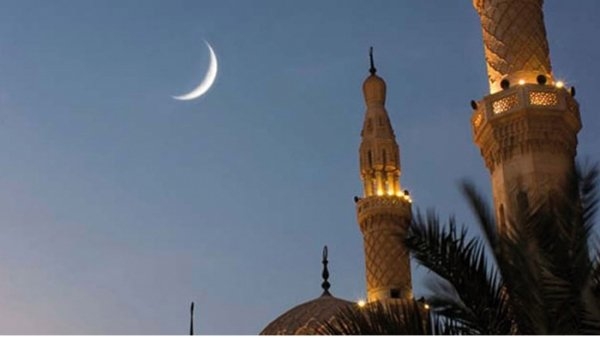
Muscat: The first day of Eid Al Adha is expected to be on Friday June 6, 2025 in most Muslim countries, said the International Astronomical Center.
The Islamic world will observe the crescent moon of Dhu al-Hijjah 1446 AH on Tuesday, May 27, 2025 AD. The crescent moon can be seen with a telescope in Central and Western Asia, most of Africa, and Europe, and with the naked eye in large parts of the Americas.
Since the crescent moon can be seen in the Islamic world on Tuesday, Wednesday, May 28, is expected to be the first day of Dhu al-Hijjah, and Friday, June 6, will be the first day of Eid Al Adha in most Islamic countries.
Regarding the position of the crescent moon on Tuesday, May 27, in some Arab and international cities, the surface calculations of the crescent moon at sunset are as follows: In Jakarta, the moon sets 9 minutes after sunset, at an age of 9 hours and 2 minutes. The crescent moon cannot be seen in Jakarta even with a telescope. In Abu Dhabi, the moon sets 38 minutes after sunset, at an age of 13 hours and 29 minutes, and its distance from the sun is 7.7 degrees.
In Mecca, the moon sets 39 minutes after sunset, at 14 hours and 17 minutes, and its distance from the sun is 8.1 degrees. The crescent moon can only be seen with a telescope in Abu Dhabi and Mecca.
In Amman and Jerusalem, the moon sets 48 minutes after sunset, at a age of 14 hours and 46 minutes, and its distance from the sun is 8.4 degrees. In Cairo, the moon sets 47 minutes after sunset, at an age of 14 hours and 54 minutes, and its distance from the sun is 8.5 degrees. In Rabat, the moon sets 58 minutes after sunset, at 17 hours, and its distance from the sun is 9.9 degrees. Seeing the crescent moon in Amman, Jerusalem, Cairo, and Rabat is difficult with the naked eye and requires very clear skies.
To understand the meaning of these numbers, it is worth noting that the shortest period of a crescent that could be seen with the naked eye was 29 minutes, while the shortest age of a crescent that could be seen with the naked eye was 15 hours and 33 minutes. It is not sufficient for the crescent to be longer than these values for it to be seen, as the sighting of the crescent is related to other factors such as its angular distance from the sun and its distance from the horizon at the time of observation.